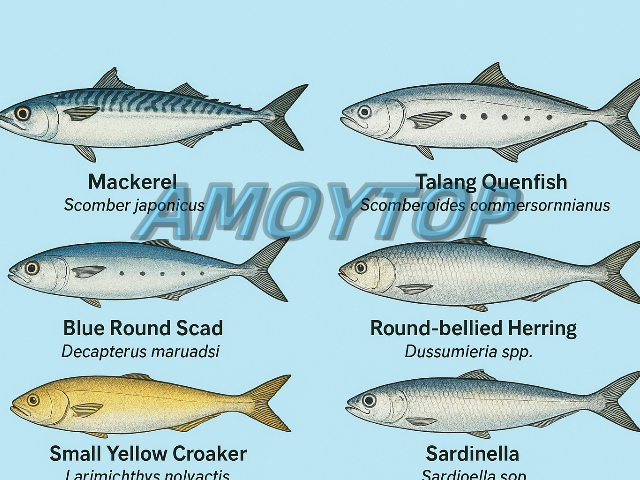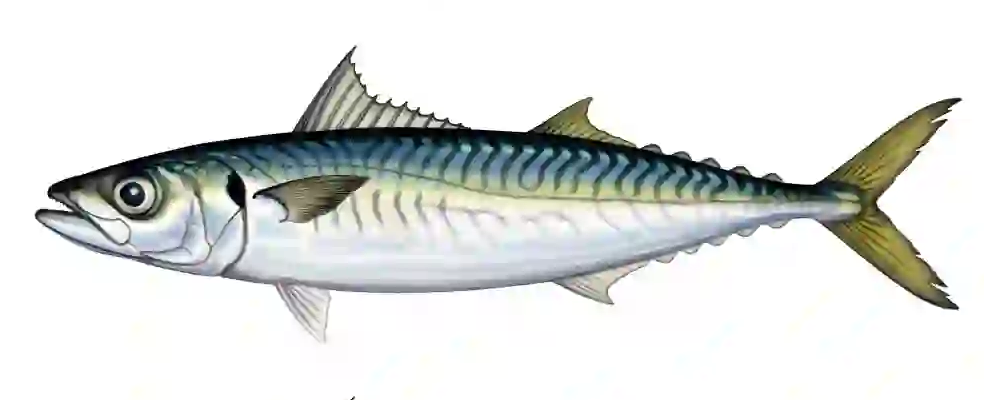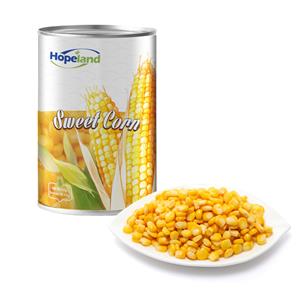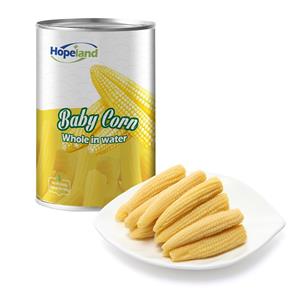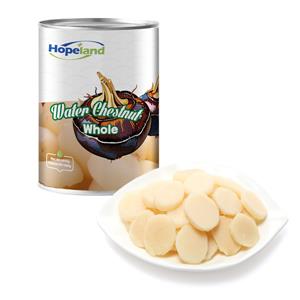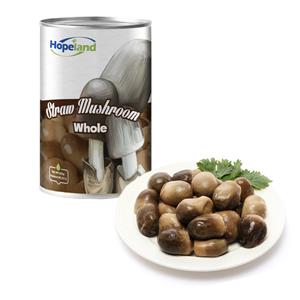Comparison Chart of Different Fish Species in Canned Fish Products
Canned fish products are a staple in global diets, providing protein, healthy fats, and essential nutrients in a shelf-stable, convenient form. Across Asia, Europe, and beyond, canned fish is not just a matter of nutrition—it is a cultural expression and a thriving industry. Consumers today encounter a wide array of fish species in cans, each with its own flavor profile, texture, nutritional value, and market positioning. Understanding these species helps not only buyers and traders but also ordinary consumers seeking to choose wisely at the supermarket.
This article provides an in-depth comparative overview of six fish species commonly found in canned fish products: Mackerel (Scomber japonicus), Talang Queenfish (Scomberoides commersonnianus), Blue Round Scad (Decapterus maruadsi), Round-bellied Herring (Dussumieria spp.), Small Yellow Croaker (Larimichthys polyactis), and Sardinella (Sardinella spp.). We will explore their biological background, nutritional benefits, market popularity, taste characteristics, and their role in international trade. At the end, a detailed comparison chart will summarize the differences, offering a clear at-a-glance guide.
1. Mackerel (Scomber japonicus, Chub Mackerel)
Biological Background
Mackerel, particularly Scomber japonicus (chub mackerel), belongs to the family Scombridae. These fast-swimming, pelagic fish are widely distributed in temperate and tropical oceans, especially in the Pacific and Atlantic. They are highly migratory, which makes them abundant and relatively affordable for the canning industry.
Flavor and Texture
Canned mackerel has a strong, oily flavor, comparable to sardines but richer. Its meat is firm, flaky, and dense, making it ideal for use in sauces, pastes, or standalone canned products.
Nutritional Profile
Mackerel is among the most nutrient-rich fish species:
High in omega-3 fatty acids (EPA and DHA), supporting heart and brain health.
Rich in vitamin D and vitamin B12.
Provides selenium, niacin, and protein.
Market and Uses
Canned mackerel is a major product in East Asia, Europe, and Africa. Japan, Korea, and the Philippines consume it widely, while in Western markets, it is marketed as a healthy alternative to red meat. Its versatility allows it to be canned in brine, tomato sauce, curry, or spicy chili sauce.
2. Talang Queenfish (Scomberoides commersonnianus)
Biological Background
Talang Queenfish, also known as 七星鱼 (Qīxīng yú) in Chinese, is a member of the Carangidae family. Found in tropical and subtropical waters, particularly in the Indian and western Pacific Oceans, it is an important regional fishery species.
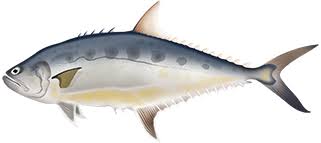
Flavor and Texture
This fish offers a moderately firm flesh with a milder flavor compared to mackerel. It is less oily, which makes it more appealing to consumers who prefer lighter-tasting fish.
Nutritional Profile
Good protein source with moderate fat content.
Contains omega-3 fatty acids, though in smaller amounts than mackerel or sardines.
Offers essential vitamins like B-complex and minerals such as phosphorus.
Market and Uses
Talang Queenfish is less well-known internationally but popular in Southeast Asia and South Asia. It is frequently canned in oil or tomato sauce. Its market position is often mid-tier, used in export products destined for regional rather than global distribution.
3. Blue Round Scad (Decapterus maruadsi, 巴浪鱼 / Balang)
Biological Background
The blue round scad, Decapterus maruadsi, belongs to the Carangidae family. Known locally in China as 巴浪鱼 (Bālàng yú), this fish is small, slender, and highly abundant in the coastal waters of the South China Sea.
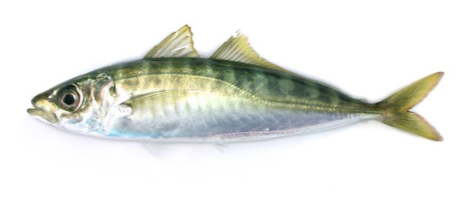
Flavor and Texture
Balang has delicate flesh with a mild flavor, softer than mackerel. When canned, it tends to absorb surrounding sauces well, making it popular in tomato or chili-based preparations.
Nutritional Profile
Moderate protein content.
Lower fat compared to mackerel, making it suitable for consumers who prefer less oily fish.
Provides calcium and phosphorus, important for bone health.
Market and Uses
Canned blue round scad is a popular product in Southern China, the Philippines, and Indonesia. It is considered an everyday affordable fish for household consumption rather than a premium export item.
4. Round-bellied Herring (Dussumieria spp.)
Biological Background
Round-bellied herring belongs to the family Dussumieriidae. These small, schooling fish are widely distributed in tropical oceans, particularly in the Indo-Pacific region. They are often mistaken for sardines but differ in body structure and taste.
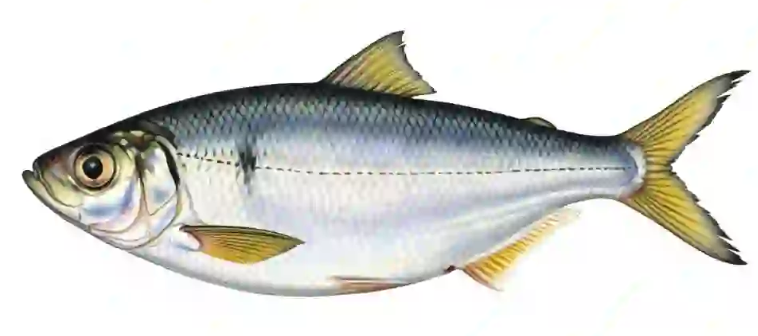
Flavor and Texture
Their flesh is light, tender, and less oily than sardines. The taste is mild and clean, making them versatile for canning in both brine and sauce.
Nutritional Profile
Good source of protein.
Contains essential fatty acids but in lower amounts than sardines and mackerel.
Provides iron and B vitamins.
Market and Uses
Round-bellied herring is less prominent globally but plays a role in local markets of South Asia and Southeast Asia. Canned products are often targeted at budget-conscious consumers, offering a cost-effective protein option.
5. Small Yellow Croaker (Larimichthys polyactis)
Biological Background
The small yellow croaker, known in Chinese as 小黄鱼 (Xiǎo huáng yú), is a significant species in East Asian waters, particularly the Bohai Sea, Yellow Sea, and East China Sea. It belongs to the Sciaenidae family. Once heavily overfished, its wild stocks have declined, but aquaculture has supplemented supply.

Flavor and Texture
This species is highly prized for its delicate, slightly sweet flavor and tender flesh. When canned, it retains its fine taste and is considered more luxurious compared to scad or herring.
Nutritional Profile
High in protein.
Moderate fat content, with beneficial omega-3 fatty acids.
Rich in trace minerals such as zinc and selenium.
Market and Uses
Small yellow croaker is a premium canned product, widely consumed in China, Korea, and Japan. It is often marketed as a higher-end canned fish, appealing to consumers who seek both taste and nutrition.
6. Sardinella (Sardinella spp.)
Biological Background
Sardinella belongs to the Clupeidae family, closely related to sardines. Species like Sardinella longiceps (Indian oil sardine) are abundant in tropical and subtropical waters. They form large schools, making them easy to harvest in bulk.
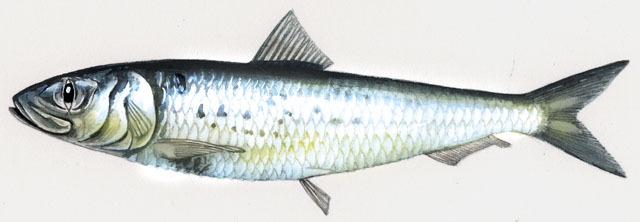
Flavor and Texture
Sardinella are oily, flavorful fish with a rich, savory taste. They are somewhat softer in texture compared to mackerel but share the same strong umami quality.
Nutritional Profile
Excellent source of omega-3 fatty acids.
High in calcium (especially when canned with bones).
Provides vitamin D, B12, and essential minerals.
Market and Uses
Canned sardines (including Sardinella species) are a global commodity, popular in Africa, the Middle East, and Asia. They are usually canned in oil, tomato sauce, mustard, or chili. Sardinella products dominate the low- to mid-priced canned fish sector worldwide.
Comparison Chart of Different Fish Species in Canned Products
Fish Species | Scientific Name | Flavor & Texture | Fat Content | Omega-3 Content | Nutritional Highlights | Market Position | Popular Regions |
Mackerel | Scomber japonicus | Strong, oily, firm | High | Very high | Rich in omega-3, vitamin D, B12 | Widely consumed, versatile | East Asia, Europe, Africa |
Talang Queenfish | Scomberoides commersonnianus | Mild, moderately firm | Medium | Moderate | Protein-rich, phosphorus | Regional markets | SE Asia, South Asia |
Blue Round Scad (Balang) | Decapterus maruadsi | Mild, soft, absorbs sauce well | Low–medium | Low–moderate | Protein, calcium, phosphorus | Affordable, everyday fish | China, Philippines, Indonesia |
Round-bellied Herring | Dussumieria spp. | Light, tender, mild | Low | Low | Protein, iron, B vitamins | Budget-friendly option | South Asia, SE Asia |
Small Yellow Croaker | Larimichthys polyactis | Delicate, slightly sweet, tender | Medium | Moderate | Protein, selenium, zinc | Premium canned fish | China, Korea, Japan |
Sardinella | Sardinella spp. | Rich, oily, savory, soft | High | Very high | Omega-3, calcium, vitamin D | Mass-market staple | Africa, Middle East, Asia |
Conclusion
The world of canned fish is far from uniform—each species offers its own set of advantages and market roles. Mackerel and Sardinella stand out for their high omega-3 content and strong flavors, making them global staples. Talang Queenfish and Blue Round Scad serve as regional favorites, offering lighter alternatives. Round-bellied Herring provides an economical choice for developing markets, while Small Yellow Croaker shines as a premium delicacy in East Asia.
For consumers, the choice depends on taste preference, nutritional goals, and budget. For traders and manufacturers, understanding these differences is crucial to positioning products in competitive markets. Ultimately, canned fish products highlight the diversity of the seas, capturing regional traditions and global demands in every tin.

